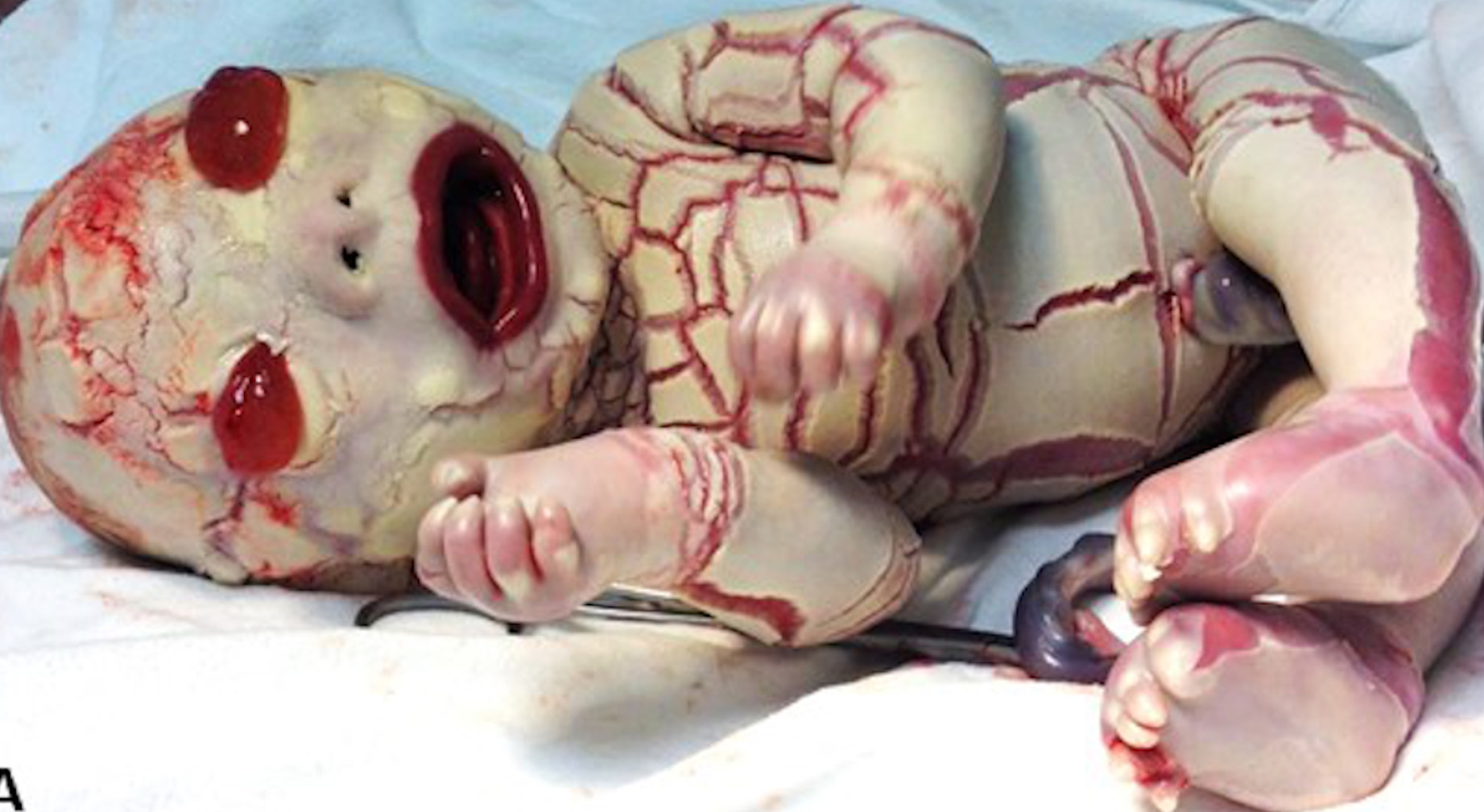Congenital ichthyosis in newborns. A case-series and review of the literature.

Downloads
DOI:
https://doi.org/10.26326/2281-9649.30.2.2110How to Cite
Abstract
Congenital ichthyosis (CI) constitutes a large etiologically and phenotypically heterogeneous group of infrequent genetic cornification disorders marked by impaired epidermal barrier function, with highly variable outcome and severity. In newborns with severe ichthyosis, the consequence of this disrupted barrier can be particularly dangerous, at times life-threatening, with increased susceptibility to respiratory failure, infection, and dramatically increased metabolic demands due to increased epidermal turnover and transepidermal water loss. We report five cases of congenital ichthyosis, admitted in the last 4 years to our NICU. This article explores different neonatal presentations of ichthyoses, describes potential complications and causes of morbidity and mortality, and discusses management considerations relevant to the neonatal period. Case 1 and 2 are siblings suffering from Harlequin ichthyosis, successfully treated with acitretin with no significant side effects. Case 3 is a case of severe CI, called Netherton syndrome, with poor prognosis. Case 4 and 5 are an example of collodion babies. All cases required NICU admission for intensive skin care and hydration, and some requested respiratory support. Case three died due to necrotizing enterocolitis and sepsis. Although congenital ichthyosis is fairly rare, it is important for the neonatologist to be aware of this heterogeneous disorder, as the perinatal period represents a particularly critical stage. Severe forms of CI require admission to a NICU and a thoughtful interdisciplinary approach to improve prognosis and to successfully treat complications. An early oral retinoid therapy should be considered in Harlequin ichthyosis.
